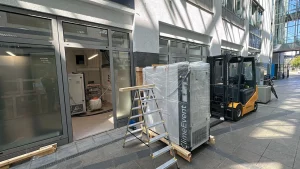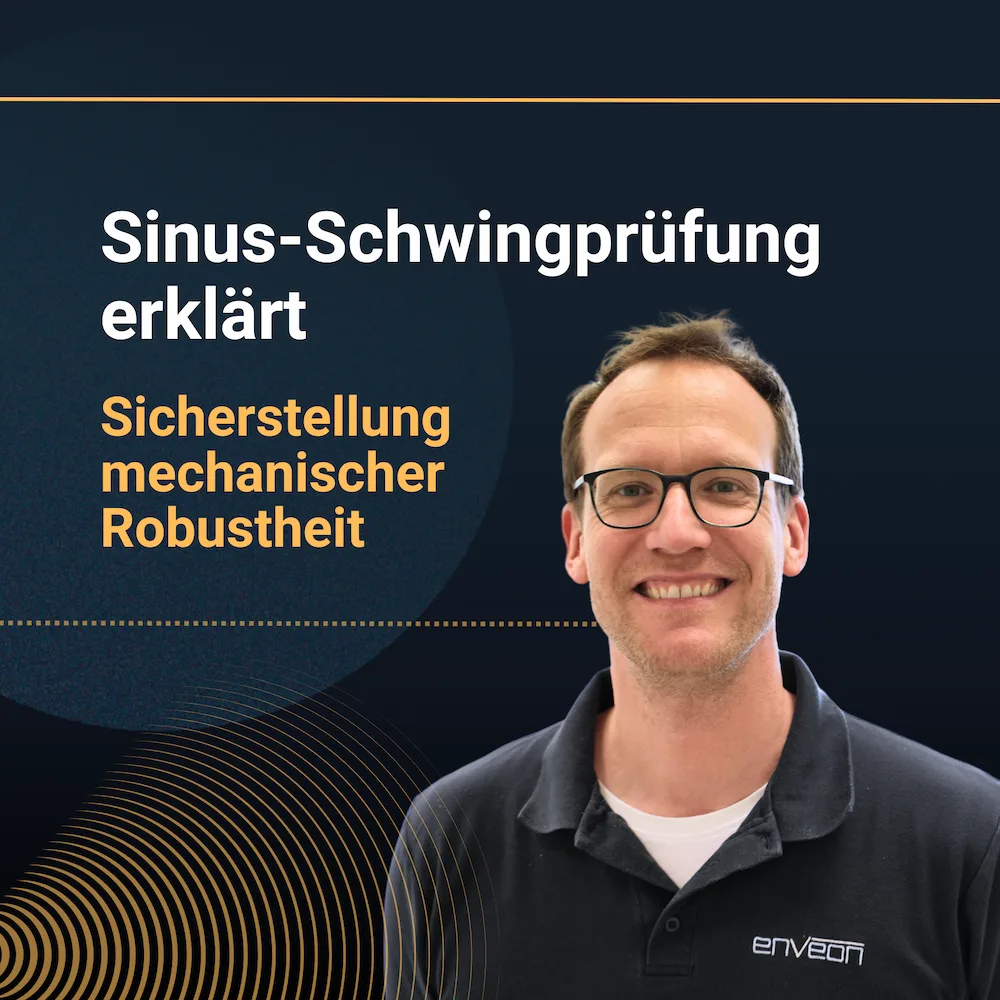Introduction to sinus vibration testing :
In the world of mechanical testing, sinus vibration testing is a central test to examine the resistance of components to vibrating forces. This type of test is essential to ensure that products can withstand real operating conditions.
What is sinus vibration testing?
Sinus vibration testing is a mechanical testing procedure in which a component is exposed to controlled vibrations. These vibrations follow a sinusoidal curve and are varied over a specified frequency range to identify resonance frequencies and potential weak points.
Objectives of sinus vibration testing:
- Identification of resonance frequencies:
By passing through a frequency spectrum, specific resonance points can be identified where the component is particularly vulnerable. - Assessment of structural integrity:
The test helps to assess the robustness of the physical structure of a component and ensure that it does not fail under mechanical stresses. - Detection of material fatigue:
Repeated vibrations can reveal weaknesses in the material that could lead to long-term wear or failure.
How does sinus vibration testing work?
A test object is mounted on a vibration table platform. This platform generates sinusoidal vibrations, which are passed through from low to high frequencies. During the test, data is collected on the vibration response of the component to monitor its mechanical reaction and identify possible weak points.
Importance in practice:
Manufacturers use the results of sinus vibration testing to improve the durability and reliability of their products. It is especially important in industries that demand high standards of mechanical resilience, such as the automotive and aerospace industries.
Advantages of sinus vibration testing:
- Precise diagnosis:
It enables accurate identification of critical frequencies and mechanical weak points. - Increased product safety:
By minimizing failures and detecting potential problems before market launch, product safety is increased. - Cost savings:
Early detection of potential failure points helps prevent costly recalls and repairs.
Conclusion – The importance of sinus vibration testing:
Sinus vibration testing is indispensable for manufacturing reliable products that function under real-world conditions. It helps companies meet their customers’ quality expectations and build trust in product performance.
Your perspective interests me!
Have you gained experience with sinus vibration testing or discovered challenges in implementation? Feel free to share your thoughts and insights in the comments.
I hope this post meets your expectations. If you would like more information or adjustments, let me know!



